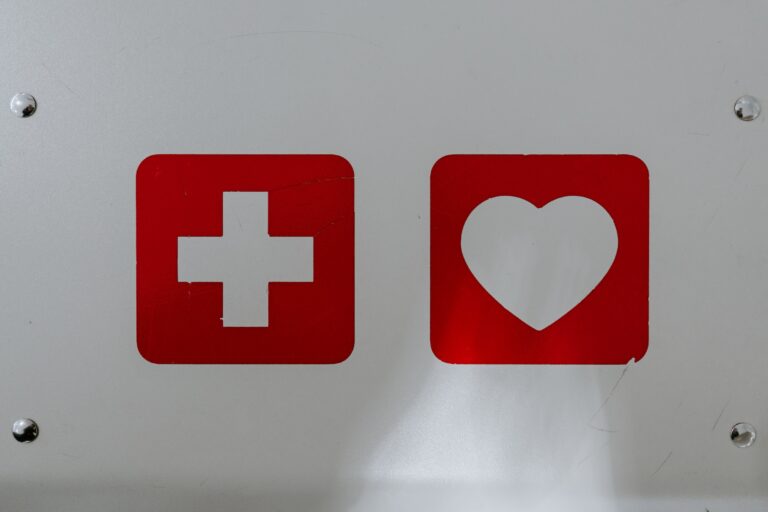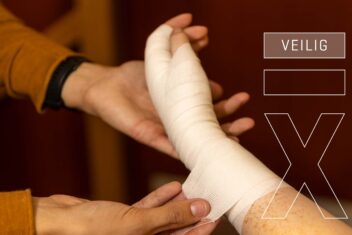What to do in case of choking (suffocation)

Does someone suddenly choke on food? How can you tell if you need to intervene and what should you do? In the case of a severe choking, someone needs your help immediately. In the case of mild choking, it is often solved with a few strong coughs. This is how you recognise the difference.
What is choking?
Symptoms of mild choking:
- The victim is conscious;
- The victim may cough loudly, cry, gag, speak or breathe audibly;
- Sometimes: a change in voice
Symptoms in severe choking:
- Slachtoffer is in paniek of grijpt naar de keel;
- Slachtoffer kan niet spreken of ademen (soms piepende ademhaling);
- Soms: zacht of stil hoesten;
- Slachtoffer heeft een verminderd bewustzijn of raakt bewusteloos;
- De huidskleur verandert: slachtoffer wordt bijvoorbeeld blauw
- De lippen verkleuren, ook deze worden vaak blauw
What do you do in case of choking?
This is what to do in case of a mild choking:
- Encourage the victim to keep coughing.
- Do nothing else.
- Check whether the victim is breathing normally again.
- Contact the GP or emergency department if the victim continues to cough, has difficulty swallowing or continues to feel like there is something in their throat.
This is what to do in case of severe choking:
- Remove visible objects at the front of the mouth. Do not attempt to remove an object if it is not (easily) visible.
- Are you with several people? If so, have another bystander call 112 immediately. Are you alone? Then give five back strokes and five abdominal thrusts first.
- Give five back blows. Stand to the side slightly behind the victim. Is the victim taller than you? Then you can make the victim sit down. Support the chest with one hand and have the victim bend forward. With the mouse of your hand, give five strong blows between the shoulder blades. Check whether the airway is clear again.
- Did the blows fail to open the airway? Then perform five abdominal thrusts: Stand behind the victim and wrap your arms around the upper part of the abdomen. Have the victim lean forward. Make a fist and place it on the upper part of the abdomen. Grab the fist with your other hand and pull towards you and up with a quick motion. Do this five times. Is it not possible to give belly punches due to the victim's size (someone is pregnant or obese, for example)? Then you can give chest thrusts. Have the victim sit or lean with their back against the wall or door. Push on the sternum with both hands.
- Has this not helped and 112 has not yet been called? If so, do so now and put the phone on speakerphone.
- Continue giving five back strokes and five abdominal thrusts each time. Continue to follow the instructions of the control room dispatcher.
- Does the victim become unconscious? Then gently lay him or her on his or her back. Check whether help is on the way and if necessary have 112 called. Then start CPR.
The right knowledge at work and at home
An accident can happen anywhere. That is why it is good if you are well prepared. Take a CPR or first aid course, for example. That way, you will always be well prepared for an emergency situation. Would you like to know more about what we offer or are you in doubt about which training or course best suits your situation? Then get in touch with us. We will be happy to think along with you.

Would you like more information about our training courses, or do you have another question?
Fill in the form, we will contact you asap!
You hereby grant permission to FeniksGroup to contact you. Your contact details will not be shared with third parties.
Want to receive the latest safety insights in your mailbox?
Sign up for free!
No spam. You can unsubscribe at any time.


